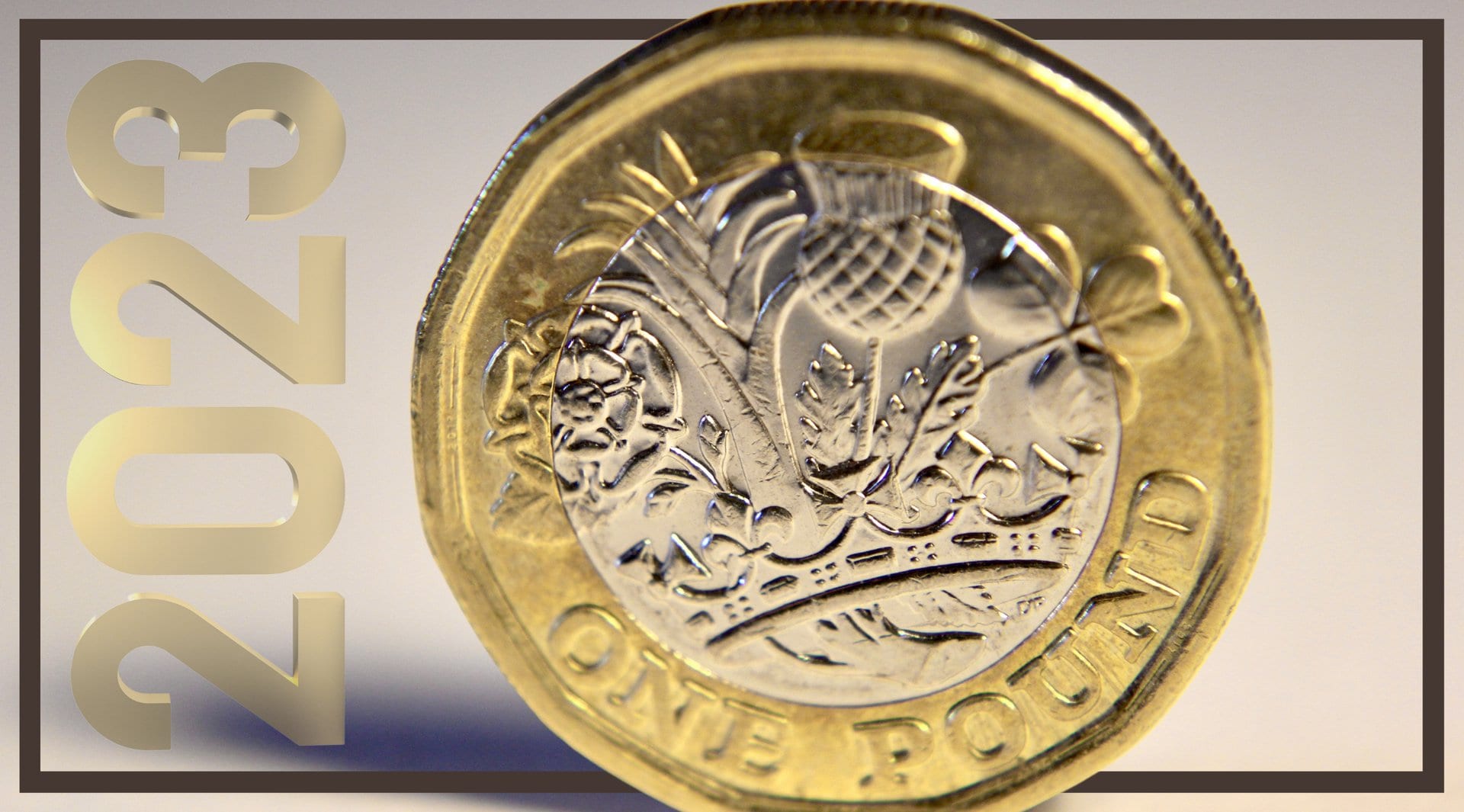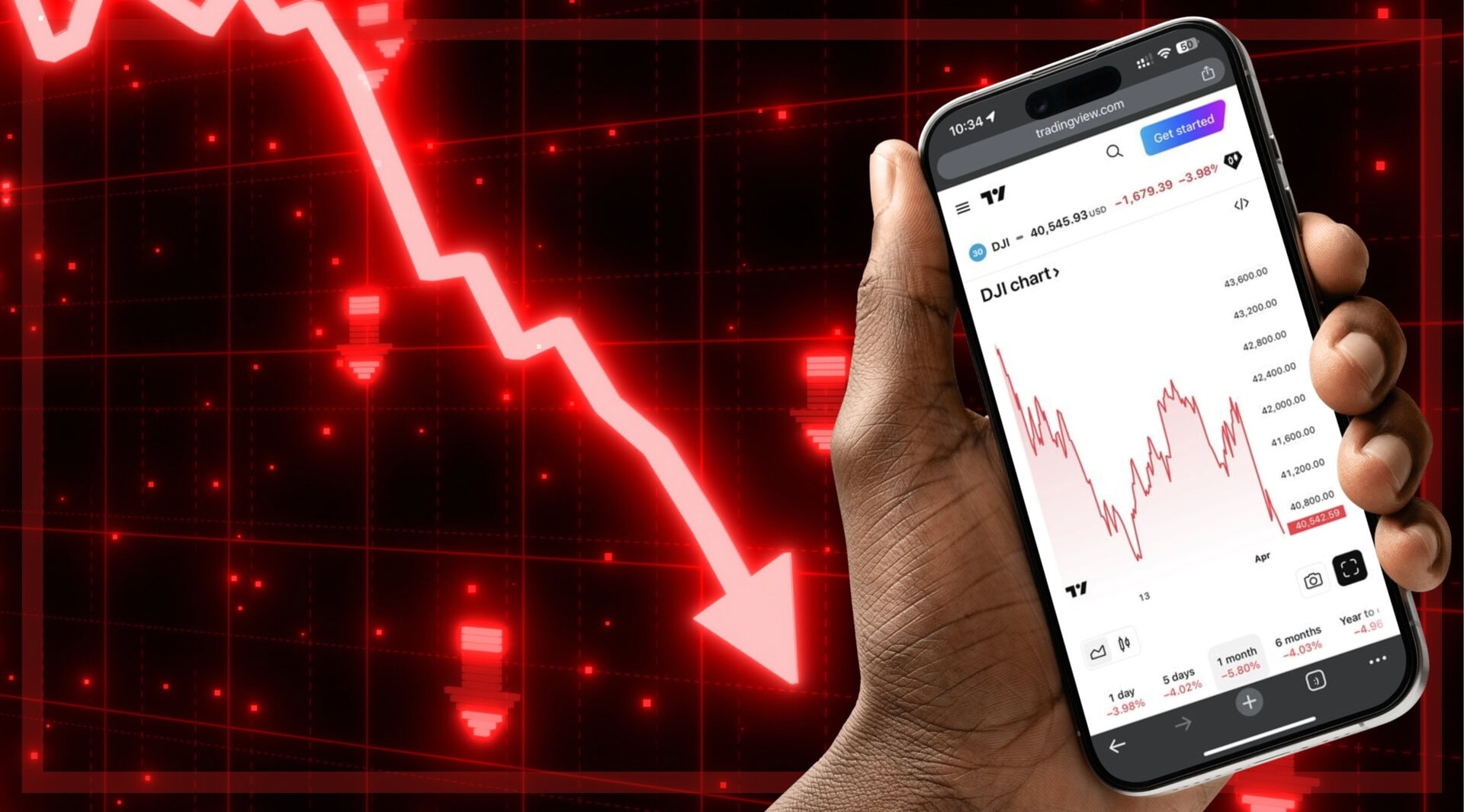As we predicted this time last December, 2022 has been a torrid year for the pound sterling. Political uncertainty, increasing levels of inflation, the Truss/Kwarteng “mini-budget” debacle, and geopolitical tensions are just some of the factors that have conspired to give GBP one of its worst-ever years. At one point, the pound even approached parity with the dollar, reaching a record low of $1.035 in September.
💰Hedge funds have ramped up their bets against the pound to their highest level since the Brexit turmoil in 2019, as market confidence is rocked by Kwasi Kwarteng unleashing a borrowing binge https://t.co/pFaq3Qap9D
— The Telegraph (@Telegraph) September 25, 2022
What will happen next year? Given the appointment of Rishi Sunak as prime minister seems to have calmed market nerves to an extent, most traders suspect that the pound can’t perform much worse. But equally, there isn’t much sign that the currency will strengthen in any particularly significant way. What are the main factors that could influence the pound’s performance in 2023?
Inflation
Inflation has perhaps been the major economic story of the year, not only in the UK, but globally. Even though most economists spent the whole of 2021 saying any inflation would be “transitory,” prices rose substantially throughout 2022. As of October, inflation had reached 11.1% in the UK. This had major implications for the global foreign exchange market. Because inflation was also a problem in the US – with the rate being 7.7% in October – the Federal Reserve moved aggressively to hike interest rates.
This decreased the value of most major currencies. Because the US Dollar, which is also considered to be one of the safest assets in the world, was offering better rates than many other currencies, the only logical option for traders was to hold the greenback. This hammered the pound and many others.
The signs are that inflation in the US is starting to ease, and this should allow the Federal Reserve to lower rates. In turn, this should give GBP more room to strengthen against USD. But if the economists are wrong (again), and inflation remains at elevated levels, sterling could find itself in trouble once more. The risk remains, of course, that domestic economic factors in the US could prompt the Fed to raise rates regardless of global inflation rates. This would undoubtedly renew pressure on the pound:
The Federal Reserve has signaled plans for a half-point rate increase next week, but brisk wage growth could lead it to lift rates higher next year than investors expect https://t.co/t4VujN3MBP
— The Wall Street Journal (@WSJ) December 5, 2022
Weak Growth
One of the major concerns when it comes to the UK economy is the country’s persistently weak growth rates. GDP growth has been barely positive at any point of the year and is currently running at negative levels. Most agree that the UK economy is now in a recession and won’t emerge from one until Q4 next year at the earliest. Combined with the fact that wages as falling in real terms, mortgage rates are rising, and consumer confidence is on the floor, this makes the prospect of positive market sentiment very limited. If consumers are spending less, that inevitably makes economic growth more difficult.
NEW: OECD release latest economic outlook. See global growth at 2.2% in 2023
— Joumanna Bercetche 🇱🇧 (@CNBCJou) November 22, 2022
The UK stands out for still being BELOW pre-pandemic level (0.4% vs rest of OECD area which has exceeded its pre-pandemic (Q4 2019) level by 3.7% pic.twitter.com/8uZHCsPThC
It’s difficult to see how GBP could experience any substantial gains while these conditions remain in place. Even if the economy does start to grow again towards the end of next year, it’s unlikely to do so particularly quickly, given lingering pessimism and shrinking wages. All of this means that there is likely to be a low maximum value that GBP can reach in 2023. NatWest sees the pound trading at no more than 1.23 by the end of 2023. Pretty modest – at best.
Current account deficit
Another serious problem that the pound will need to grapple with is the country’s continuing current account deficit. These deficits are an issue for any country’s currency thanks to the principles of supply and demand. When a country is importing more than it exports, there is relatively less demand for its currency, leading to declines in prices.
The UK is currently running its largest current account deficit in history – which reached a record £27.9 billion in Q2. Incidentally, given this came at a time of currency depreciation, this also had the result of making imports even more expensive and therefore contributed to increased inflation. Worryingly for the pound, there’s little sign that this current account deficit gap will be reduced, or that there’s any political will for that to happen. The latest figures show a slight decline in exporting numbers. Imports also declined marginally but remain on an upward trend. There’s therefore reason to suspect that the deficit will continue to widen in 2023, and that this will put significant downward pressure on GBP.
December was the month lots of analysts were calling dollar/pound parity after the mini-budget. Today £'s back to its highest level since early Aug. But underlying weakness is clear especially if the UK suffers a deep recession and the country’s trade deficit keeps widening pic.twitter.com/AYL6Ud7nfp
— Jack Barnett (@__JackBarnett) December 1, 2022
Sadly, we’re not the only ones who think GBP could be in for another difficult 12 months. While it would take a lot for the pound to perform as badly as it did last year, there’s not a great deal of optimism in sterling markets. Only time will tell, of course, but it seems the pound will be in for another choppy year ahead.
Author: Harry Clynch
#GBP #Sterling #ForeignExchange #USD















